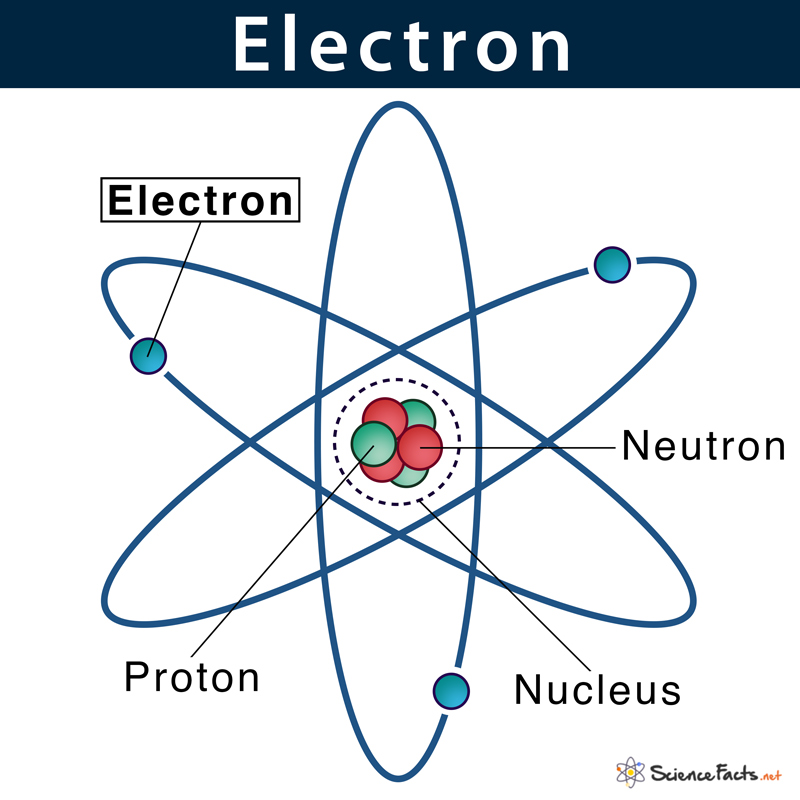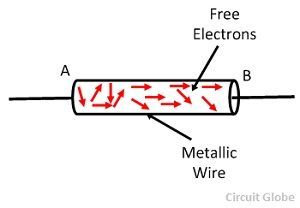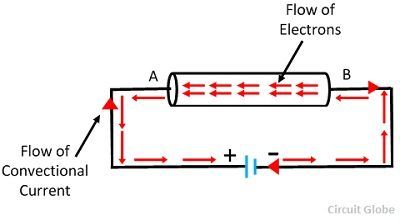Torque is a concept used in physics and engineering to
describe the rotational force applied to an object around a specific axis. It
is a vector quantity that represents the tendency of a force to cause
rotational motion. Torque is often associated with rotating objects and is
measured in units such as Newton-meters (Nm) or foot-pounds (ft-lb).
Key points about torque:
- Definition:
Torque can be defined as the product of a force and the perpendicular
distance from the axis of rotation to the line of action of the force.
Mathematically, torque (τ) is given by the equation:
τ = r * F * sin(θ)
where τ is the torque, r is the distance from the axis of
rotation to the point where the force is applied, F is the force, and θ is the
angle between the force and the line connecting the axis of rotation and the
point of application.
- Rotational
Effect: Torque describes the rotational effect or turning force exerted on
an object. It causes objects to rotate or change their rotational motion.
- Moment
Arm: The distance between the axis of rotation and the point where the
force is applied is known as the moment arm or lever arm. Increasing the
moment arm increases the torque produced by a given force.
- Direction:
Torque is a vector quantity and has both magnitude and direction. The
direction of torque is determined by the right-hand rule. When viewed from
the direction of the applied force, the thumb points in the direction of
the torque.
- Units:
Torque is typically measured in Newton-meters (Nm) or foot-pounds (ft-lb).
One Newton-meter is the torque produced by a one Newton force applied at a
distance of one meter from the axis of rotation.
- Application:
Torque is essential in various applications, such as rotating machinery,
engines, motors, and mechanical systems. It is used to measure and control
rotational forces, determine the effectiveness of tools, and analyze the
stability of objects in rotational motion.
Understanding torque is crucial in engineering fields,
including mechanics, robotics, and automotive industries. It helps in designing
and analyzing systems that involve rotational motion and provides insights into
the behavior of rotating objects and their response to applied forces.
Learn more:
http://hyperphysics.phy-astr.gsu.edu/hbase/tord.html
https://www.thoughtco.com/calculating-torque-2698804
https://www.geeksforgeeks.org/torque/








